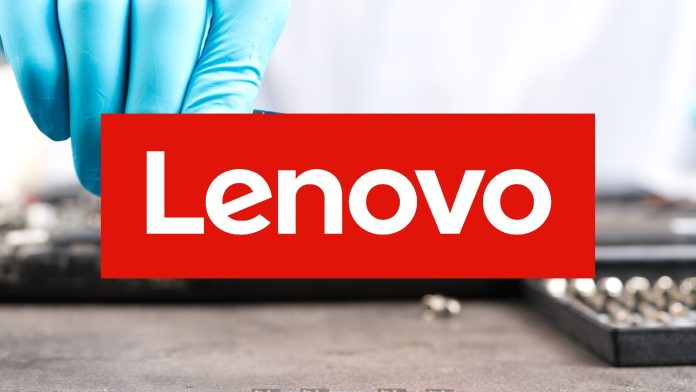In an era where environmental concerns are rapidly rising, organizations are reevaluating their approach to technology and sustainability. Lenovo’s ThinkPad laptops are stepping into the spotlight, not only as high-performance workstations but also as champions for the environment. With electronic waste ranking as one of the fastest-growing global crises, the emphasis on repairability and modular design in laptops has never been more crucial.
Lenovo is taking significant steps to make their ThinkPad line both an economic and ecological choice for small business owners. According to Satoshi Dozono, a product designer at Lenovo, “Repairability isn’t just a feature—it’s a responsibility.” This philosophy resonates particularly well in the small business ecosystem, where budget constraints and longevity of equipment are paramount.
Small business owners can particularly benefit from the ThinkPad’s modularity. Unlike many brands that push for rapid obsolescence, the ThinkPad is designed for easy upgrades, allowing users to replace keyboards, batteries, RAM, and storage with minimal hassle. This means businesses can extend the lifecycle of their laptops, delaying the need to invest in new hardware and effectively reducing costs.
By investing in ThinkPads, small business owners not only secure reliable technology for themselves but also contribute to reducing electronic waste. The capacity to repair and upgrade helps diminish the demand for new raw materials and lessens the energy used in manufacturing new devices. This aligns with a growing trend among businesses to adopt sustainable practices, which can enhance their brand image and appeal to eco-conscious consumers.
However, while the benefits are clear, it’s important for small businesses to consider the practical applications of maintaining and upgrading their laptops. Understanding that the modular components can be replaced easily is essential, but it also implies that business owners need a basic level of technical comfort. Training employees on how to perform simple upgrades and repairs could be a worthwhile investment to ensure the technology remains current without the additional expense of hiring external professionals every time an upgrade is needed.
Even so, there are challenges to consider. Some business owners might find the initial learning curve daunting, leading them to opt for traditional setups where external technical support is relied upon. Moreover, the self-repair option could lead to potential voids in warranties if not conducted according to Lenovo’s guidelines.
YouTube videos and tutorials, such as the one featuring Dozono showcasing the ThinkPad’s ease of repair, are valuable resources for users unfamiliar with DIY tech upgrades. By providing visual instructions, Lenovo encourages engagement and empowers users to make the most out of their investments.
As sustainability continues to shape purchasing decisions in the technology sector, Lenovo’s efforts with the ThinkPad line highlight a shift in how products are both designed and perceived. Small business owners can leverage this opportunity to not only enhance their operational efficiency but also align with more sustainable practices.
For those looking to stretch their IT budgets and make environmentally conscious choices, considering repairable devices may soon transition from being a perk to a necessity. The landscape of business technology is changing, and Lenovo’s position reflects this evolution.
For a closer look at these innovations, visit the original post for more insights on how Lenovo is paving the way for sustainable tech solutions through their ThinkPad offerings: https://news.lenovo.com/yes-you-can-fix-and-upgrade-your-own-thinkpad/.
Image Via Envato: VidEst



